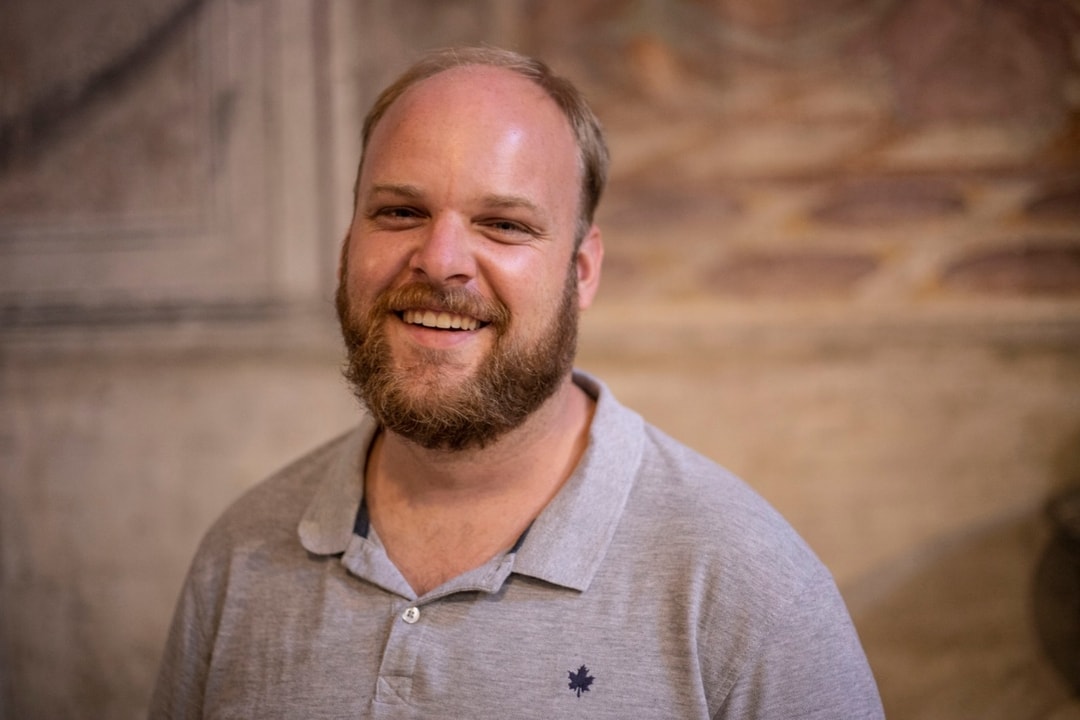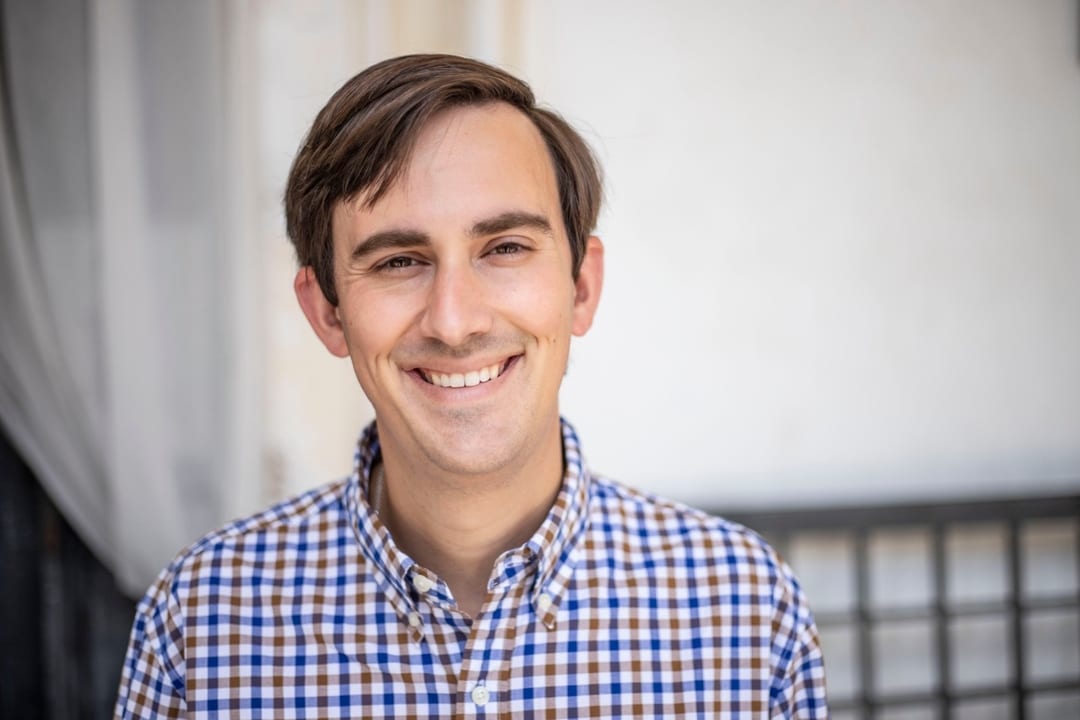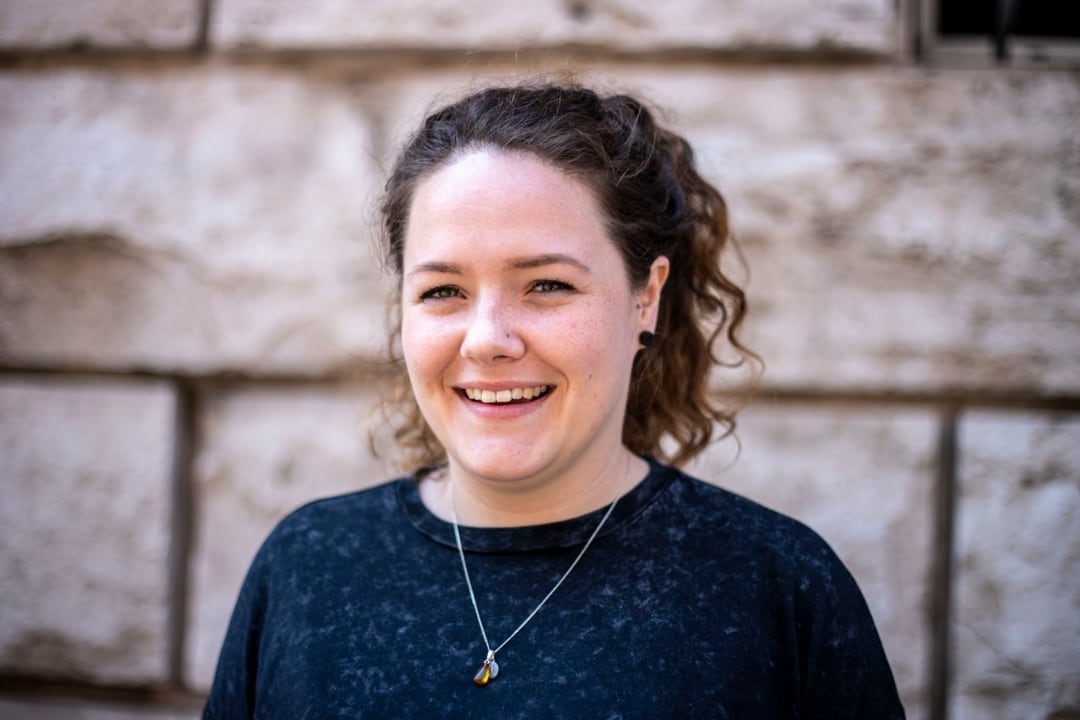Faith Communication in the Digital World
The program, sponsored by the Dicastery for Communication, sought to address the challenge of how the Church can and should be present online to adequately respond to people’s spiritual needs, especially given the COVID-19 crisis. Our group of 16 young communicators from Cambodia, Canada, Costa Rica, Italy, Kenya, Mexico, Peru, the Philippines, South Korea, Spain, the United Kingdom, and the United States embarked upon a new and exciting journey over the next year together.
Tourists to Pilgrims
We began as strangers when we embarked on this journey together. Follow along to see what we discovered and how we grew as a community of young communicators.




"To communicate the faith I must use my heart, not simply a few memorized quotes or lines."
Cardinal Luis Antonio Tagle, Prefect of the Congregation for the Evangelization of Peoples


"Why do we need stories? They give us meaning, which is the driving force behind everyone's life."
Juan Narbona, Ph.D., Social Communications at Pontifical University of the Holy Cross


"We need to think like artists and live like saints."
Brett Robinson, Ph.D., McGrath Institute for Church Life, University of Notre Dame
To celebrate the 50th anniversary of the Papal Encyclical, Communio et Progressio, we created a video highlighting its relevance and impact on communications in the modern world and in the Church.
“In the Christian faith, the unity and brotherhood of man are the chief aims of all communication and these find their source and model in the central mystery of the eternal communion between the Father, Son and Holy Spirit who live a single divine life.”
Communio et Progressio 8

The first part of our journey took us to the Vatican Museums, where we experienced the history of many pieces of beautiful art and sculptures, as well as the theological meaning behind them. Many of them represented early Christians attempts to evangelize the culture around them in creative ways. We also explored the evolution of technology first-hand that was used by Vatican Radio. Regardless of the equipment at their disposal, the Vatican always tried to be current with latest technological advancement to reach the most amount of people around the world.

We had the blessing of a lifetime when we met Pope Francis during his General Audience. We spoke with him for a few minutes about our visit to Rome and he asked us to pray him in a special way.



The main part of our time in the Eternal City focused on visiting the four Papal Basilicas in Rome: St. Peter’s, St. Mary Major, St. John Lateran, and St. Paul Outside the Walls. We were warmly welcomed when we visited each one of them, and our guides shared the historical, theological, and artistic significance of each with great care and devotion.

Leading up to our trip, our group was split up to work on four unique projects for various offices in the Vatican. Each group had the opportunity to present their research and proposed communication strategies to members from the Dicastery for Communication, the Congregation for the Causes of Saints, the Dicastery for Promoting Integral Human Development, and the Vatican Apostolic Library.





Vision Statement
To prepare active Catholics to have a personal and authentic encounter with the four papal basilicas that allows the universal and local Church to engage in the experience of moving from tourist to pilgrim.



Throughout the entire project, the practice of listening, dialogue, and discernment guided the efforts of our group. This challenged us to continually evaluate our vision and dreams for this webpage against our workload and capacity to complete the project within our presentation deadline. In our final reflections about the working process, members of our group expressed their view that “the most important part of this type of project is not the final product but rather the journey and the relations.”
- January 2022

Our Leaders
This program would not have been possible without the incredible sacrifice, dedication, innovation, and leadership of these three ladies.






Our Group
See who we are and where we are from!







































